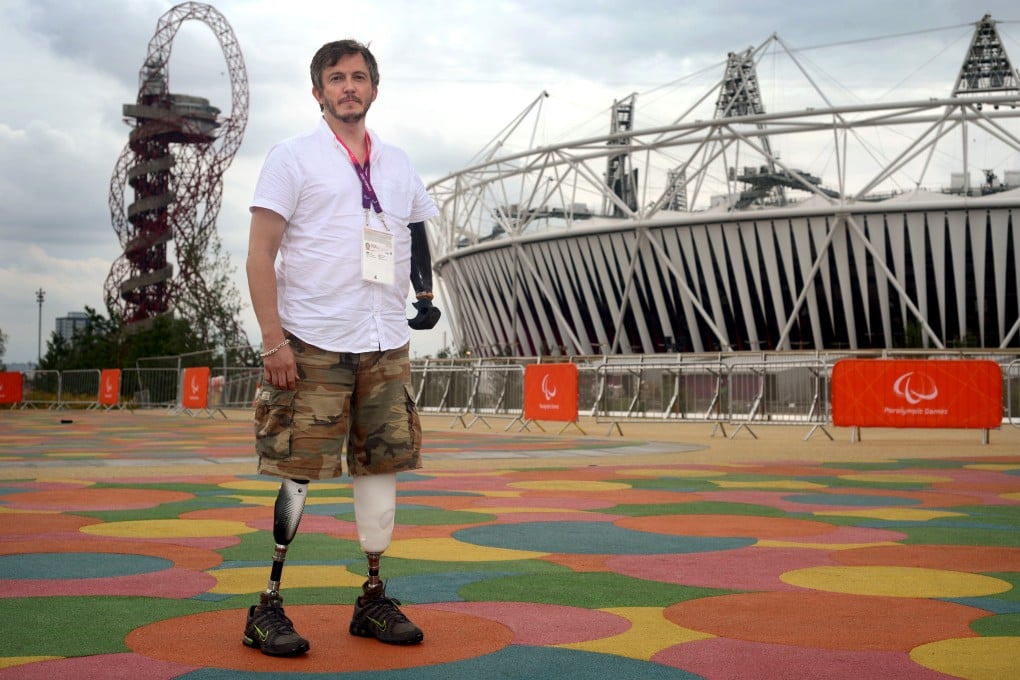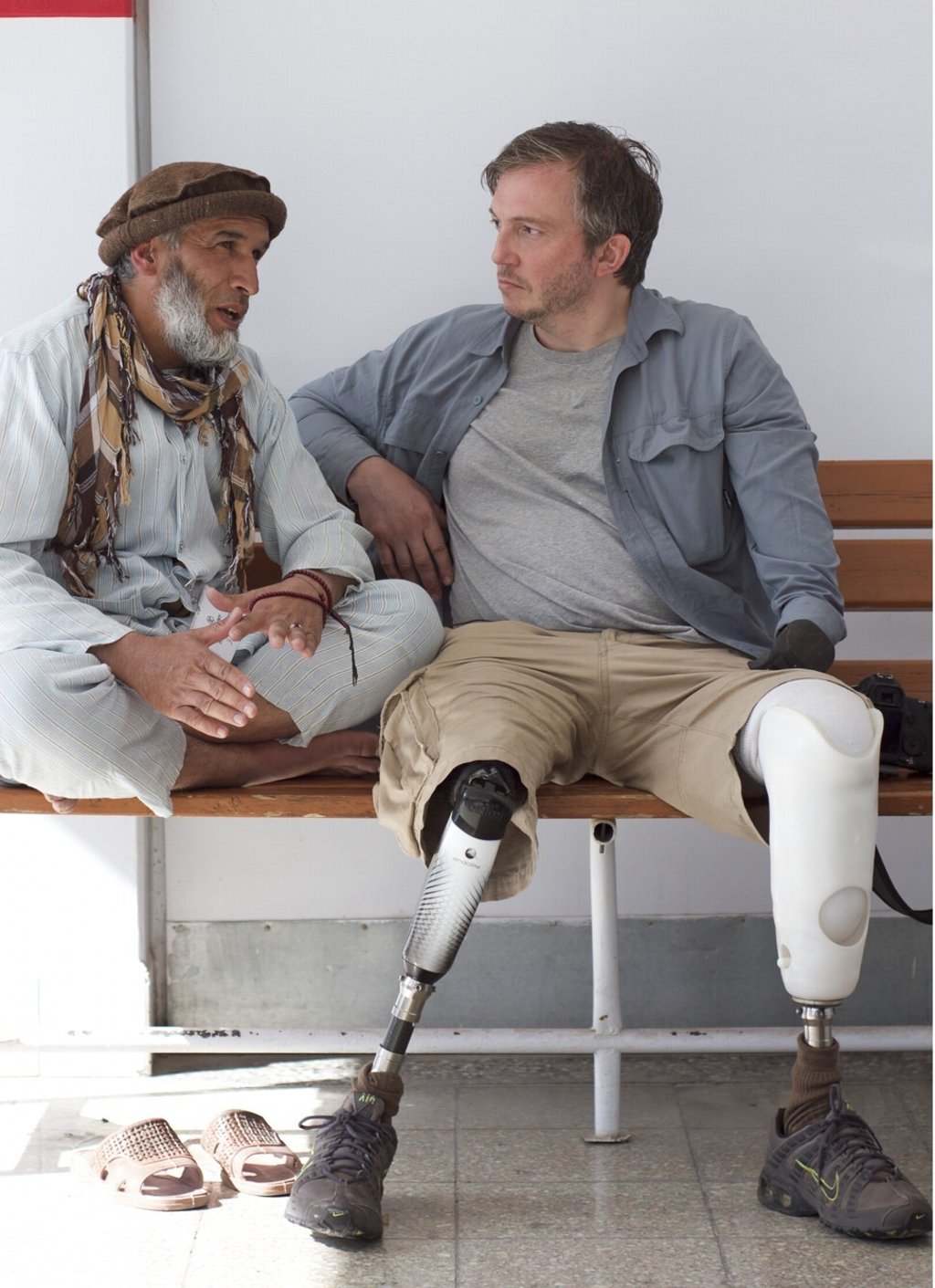How losing both legs and an arm covering the war in Afghanistan gave photographer Giles Duley a reason to live
- Giles Duley lost three limbs after stepping on an improvised explosive device while on foot patrol during the Afghanistan war in 2011
- Since then he has devoted his life to capturing the cost of conflicts all over the world and the toll they take on their victims

Giles Duley’s life has been punctuated by a series of accidents which, with hindsight, might even have been fortuitous.
At 17, both his knees were broken in a car crash. While he was recuperating in hospital he was given an Olympus OM-10 camera and a copy of legendary photographer Don McCullin’s autobiography, Unreasonable Behaviour. From that moment, Duley, now 48, knew what his career was going to be.
Fast-forward a decade and Duley – born in England but half-Italian – was snapping some of the biggest names in film, music and media, highly paid and even more highly praised for his artistry.
But halfway through shooting a petulant TV celebrity in a London hotel Duley lost his temper and threw his camera onto the bed; it bounced out of the open window and into the street below.

Depressed and rudderless, Duley ditched the high life, moved to the south coast of England and found a job caring for a boy with multiple sclerosis, whose life he started to document on film.
Photographic work for charities followed, with subjects as varied as acid burn survivors in Bangladesh and former child soldiers in Angola. Then, on February 7, 2011, an assignment in Afghanistan led to Duley’s third and most perilous accident. He stepped on an improvised explosive device (IED) while on foot patrol, leaving him a triple amputee, losing both legs and his left arm. But – as he managed to gasp to his sister in an intensive care ward – he was “still a photographer”.